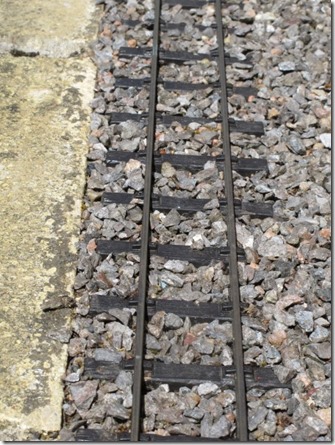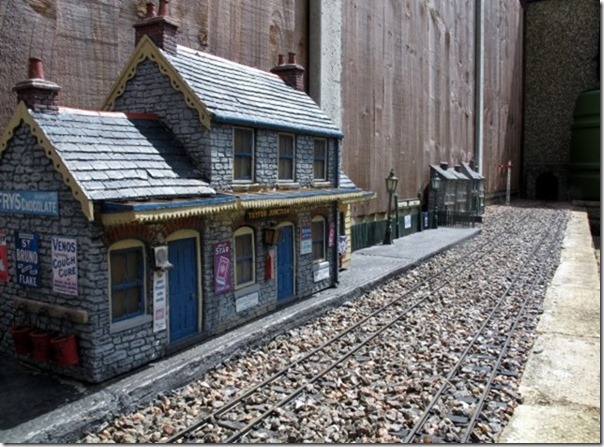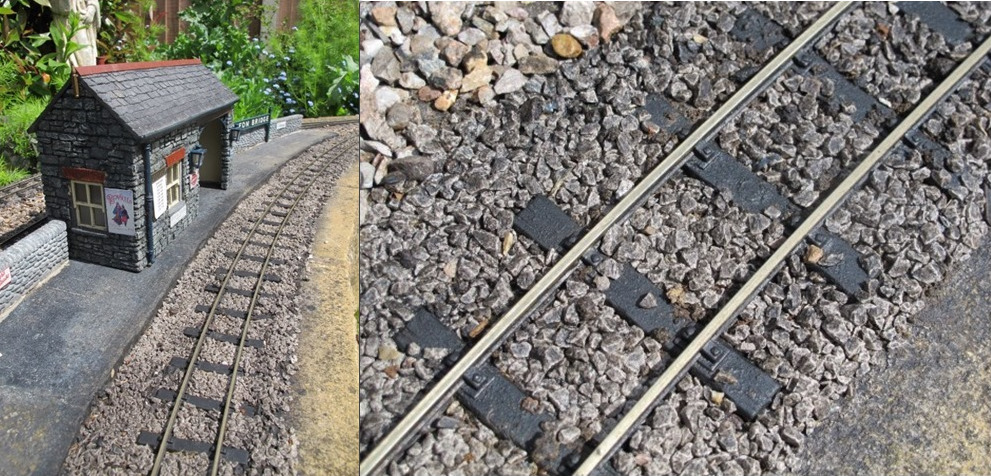by Andy on behalf of SteamOil
Today, we have a Special Guest appearance by “SteamOil”, owner of the Tryfon Vale Light Railway. He shares his experiences of how different ways of ballasting have fared over the life of his garden railway.
I have use three different ballasting techniques over the years.

I tried a small section of Rowland’s Mix method, and this has stood the test of time (about 10 years so far)
The only problem was that over the years the peat content encouraged the growth if moss which I had to kill off as it rose over the rail head leading to derailments.
The bulk of my line uses horticultural grit held in place with a 50/50% mixture of Exterior PVA and water with a dash of washing up liquid added. This lasts several years before there is a need to be patched and re-glued.

I have recently had to relay the station area due to fencing works but again I used the PVA method.

Experience seems to indicate that if the ballast is mainly in the shade it seems to break up rather sooner.
The shadowed side of the garden has been completely re-ballasted this spring using the Swift Sixteen greyish/white ballast again fixed with PVA/ water.
As the raw material was nearer white than grey, the mix was toned down with a small quantity of Black Exterior water based paint added to the PVA mix.
Time will tell how it weathers over the years.
The effect at present is the nearest I have ever come to a scale appearance.

Looking back at the Vale of Evermore video, [see blog entry below] he looks to have secured his ballast in place by adding timber up-stands to his bases to prevent the ballast from being displaced.
There are no up stands visible in the herbaceous sections.
The only problem I can see is that the soil might get washed into the ballast with heavy rain or the the other way round!
